Learn What To Do With A Leggy Monstera


Monstera is an aptly named plant that can grow up to 70 feet (221 m.) tall in its native habitat of tropical North and South America. In the home environment, it typically doesn't surmount 6 feet (2 m.), but the plant can tend to get leggy. Leggy Monstera can be rehabilitated with a little know how. Pruning leggy Monstera isn't difficult, but the sap can be irritating, so gloves are recommended.
Leggy Monstera deliciosa is a common occurrence. Houseplant growers may wonder, "why is my Monstera leggy?" The plant has a rapid growth rate and low light requirements. In severely dim rooms, the plant will naturally stretch to get some light. It may also have an excess of nitrogen, fueling vegetative growth. Fortunately, fixing a leggy Monstera is as simple as arming oneself with nice, sharp pruners and a little know how.
Why is My Monstera Leggy?
Monstera is native to warm, tropical jungles where it climbs up trees that provide support. So, it is normal to have a very stretched out plant. When the plant doesn't produce a thick canopy of leaves though, it is putting too much energy into stem growth and not enough into foliage production.
In this instance, rehabilitation pruning is necessary to help the plant produce a thicker stand of leaves and a stronger stem. When stem growth is too fast, this important support is not adept at holding the weight of the plant.
Pruning a leggy Monstera deliciosa will also help control its size and get rid of old leaves that may be yellowing.
Tips on Pruning Leggy Monstera
This jungle dweller is quite stoic and not prey to many diseases or pests. It does grow rapidly and will hit your ceiling if unchecked. The best time to prune most plants is when they are dormant. For many houseplants, such as Monstera, winter is the time the plant is resting and not actively growing.
As it begins to warm, the plant starts to grow again. So, pruning in late winter to early spring will create the least damage and stress to the plant. Make sure you have sharp, clean pruners to avoid introducing any disease or extra damage.
Gardening tips, videos, info and more delivered right to your inbox!
Sign up for the Gardening Know How newsletter today and receive a free copy of our e-book "How to Grow Delicious Tomatoes".
How to Prune a Monstera
If you want to check the plant's growth and encourage thicker foliage, start by cutting off any dead or damaged material. Then decide how tall you want your plant to be.
Remove no more than one third of the plant for best results. Cut below a growth node to save propagation material. The node is just below the leaf axil and will appear as a little bump. Remove leggy growth from all the stems for a better, finished look.
In time, aerial roots will grow from the cuts and new shoots will form, resulting in a more densely leafed plant. Save your cuttings and place them in water to develop roots, and you will have new Monstera plants.

Bonnie Grant is a professional landscaper with a Certification in Urban Gardening. She has been gardening and writing for 15 years. A former professional chef, she has a passion for edible landscaping.
-
 Looking For Plants To Give You The Soft And Fuzzies? Try These 5 Fuzzy Leaf Plant Options
Looking For Plants To Give You The Soft And Fuzzies? Try These 5 Fuzzy Leaf Plant OptionsLovers of texture, drama, silver foliage and tactile plants will adore these special sensory garden additions. These fuzzy leaf plant options will leave you all aglow
By Susan Albert
-
 Get Ready For A Summer Of Hummers! Grow These Full Sun Hummingbird Plants and Flowers
Get Ready For A Summer Of Hummers! Grow These Full Sun Hummingbird Plants and FlowersIf you’re lucky enough to enjoy a sunny backyard, make sure you are maxing out on your pollinator opportunities and grow these full sun hummingbird plants and flowers
By Tonya Barnett
-
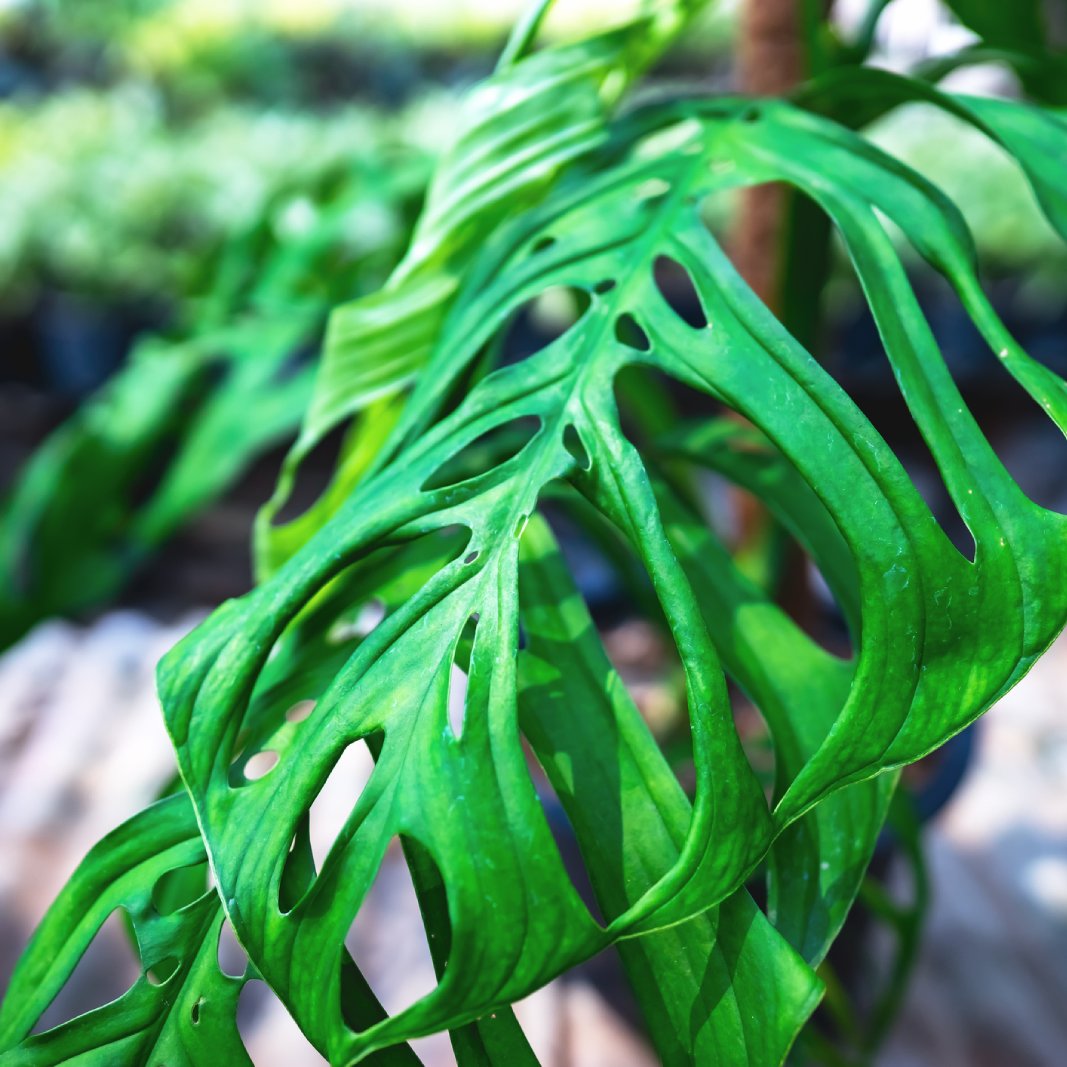 Monstera Esqueleto Care Guide
Monstera Esqueleto Care GuideMonstera esqueleto is a high-drama houseplant with natural holes in its leaves. It loves to climb and enhance your living space with its big evergreen presence.
By Susan Albert
-
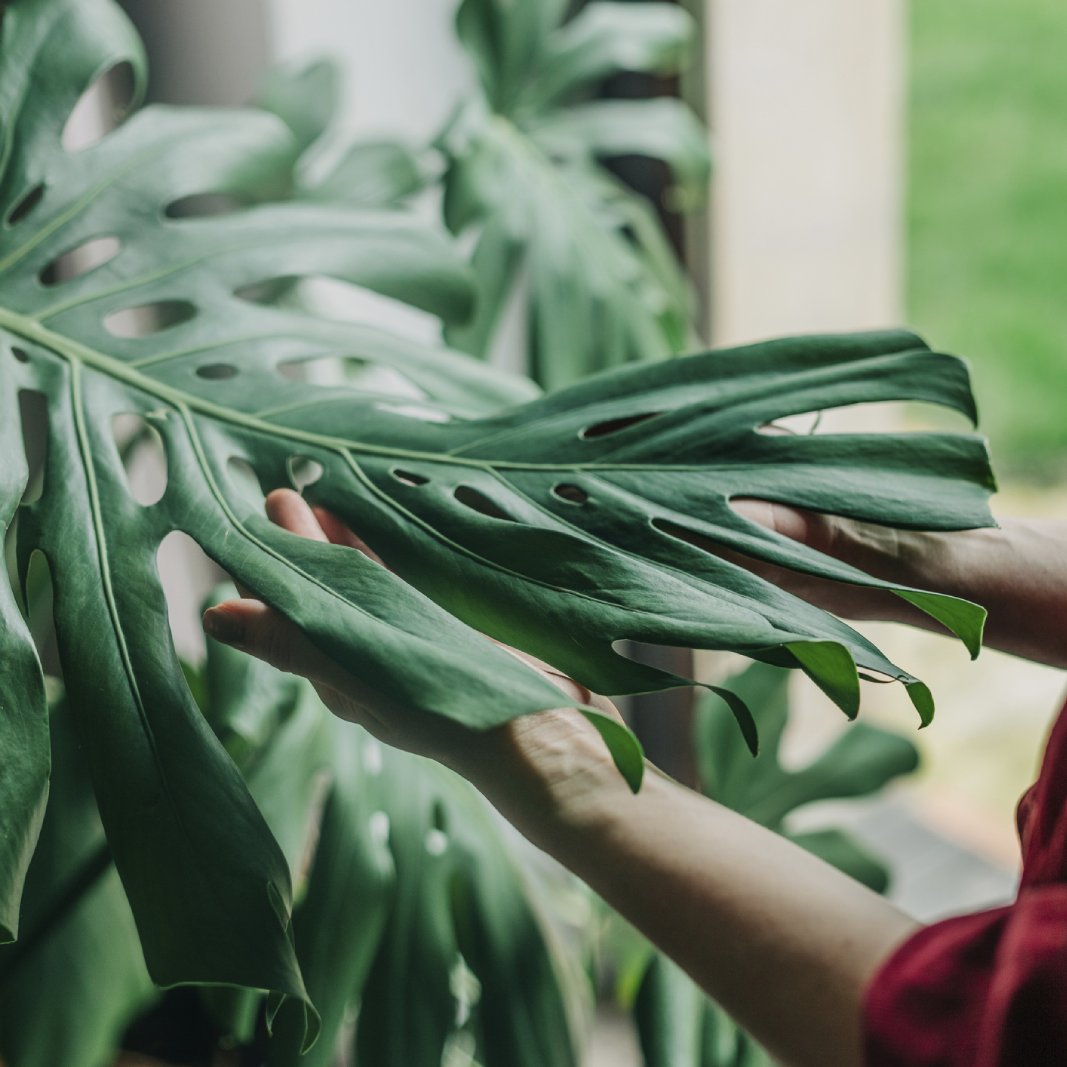 Why Is My Monstera Not Growing Split Leaves?
Why Is My Monstera Not Growing Split Leaves?If your Monstera leaves aren't splitting, there could be several ways to fix the problem. Here's how to get that lovely Swiss cheese look.
By Bonnie L. Grant
-
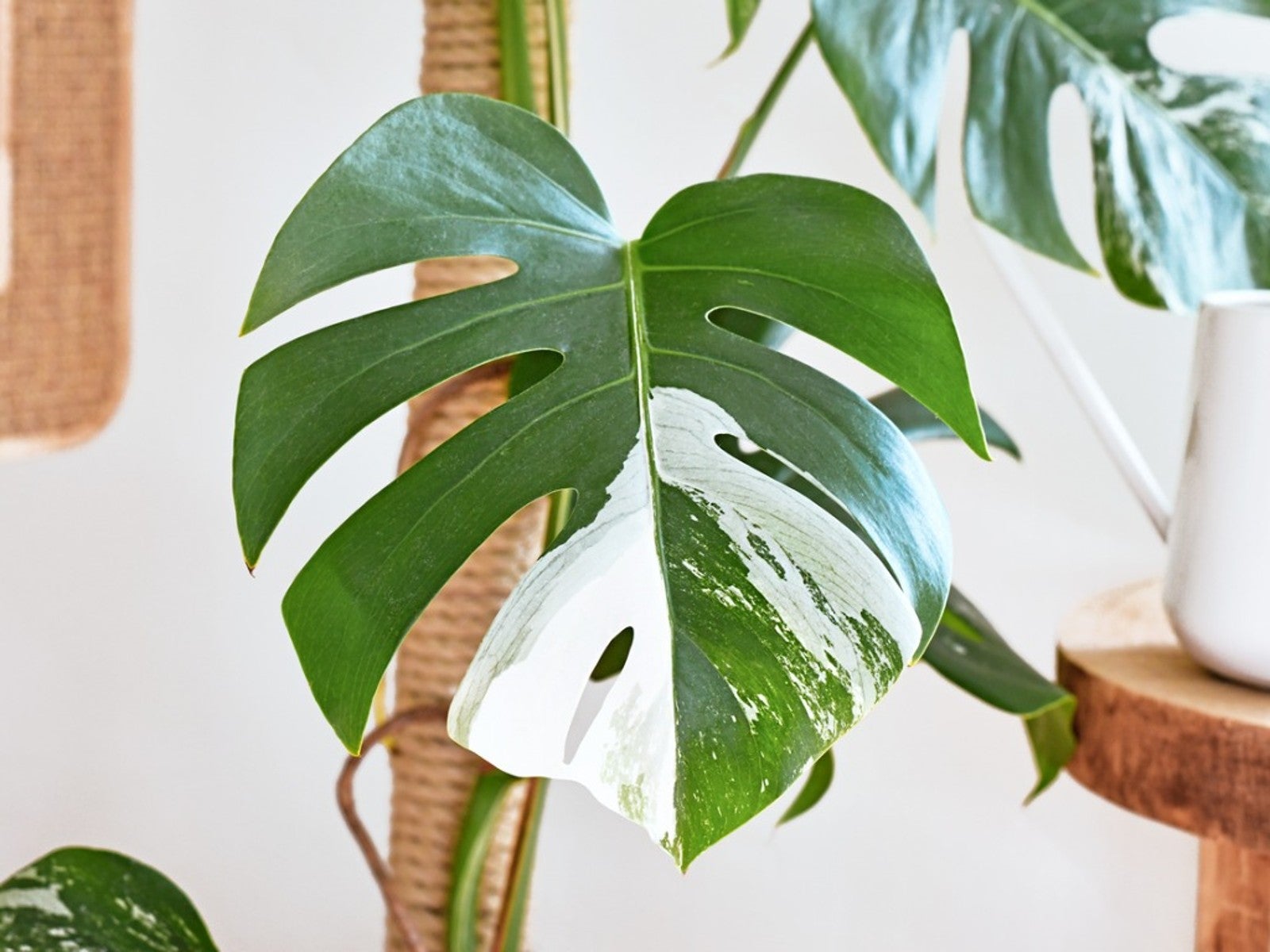 Variegated Monstera Plant Varieties To Grow Indoors
Variegated Monstera Plant Varieties To Grow IndoorsMonstera are tremendously popular houseplants. Especially the attractive variegated Monstera deliciosa. Click to find out more.
By Bonnie L. Grant
-
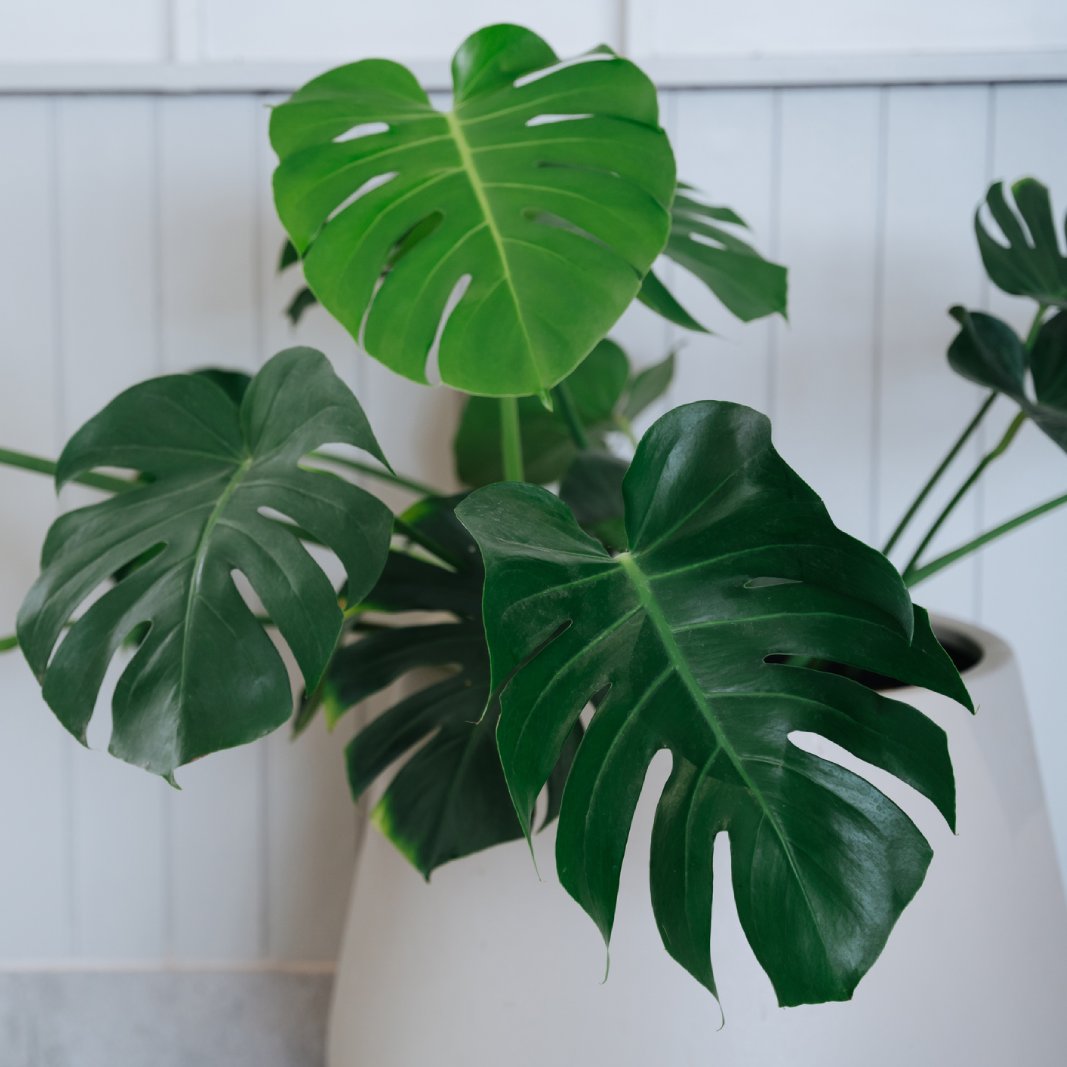 7 Types Of Monstera Every Plant Lover Should Have In Their Collection
7 Types Of Monstera Every Plant Lover Should Have In Their CollectionWith their deep leaf splits and wild variegation, monsteras are real show-stopping houseplants. Here are seven of our favorites.
By Teo Spengler
-
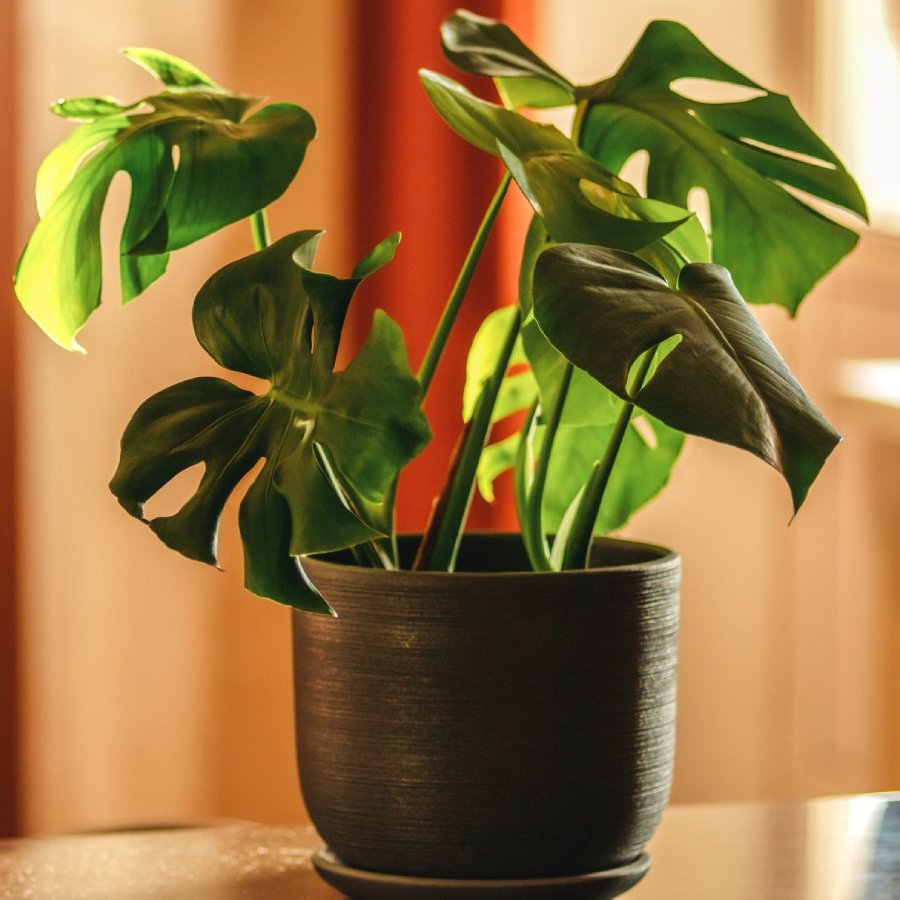 Monstera Deliciosa Flower - Growing Swiss Cheese Plant For Flowers And Fruit
Monstera Deliciosa Flower - Growing Swiss Cheese Plant For Flowers And FruitBy Amy Grant
-
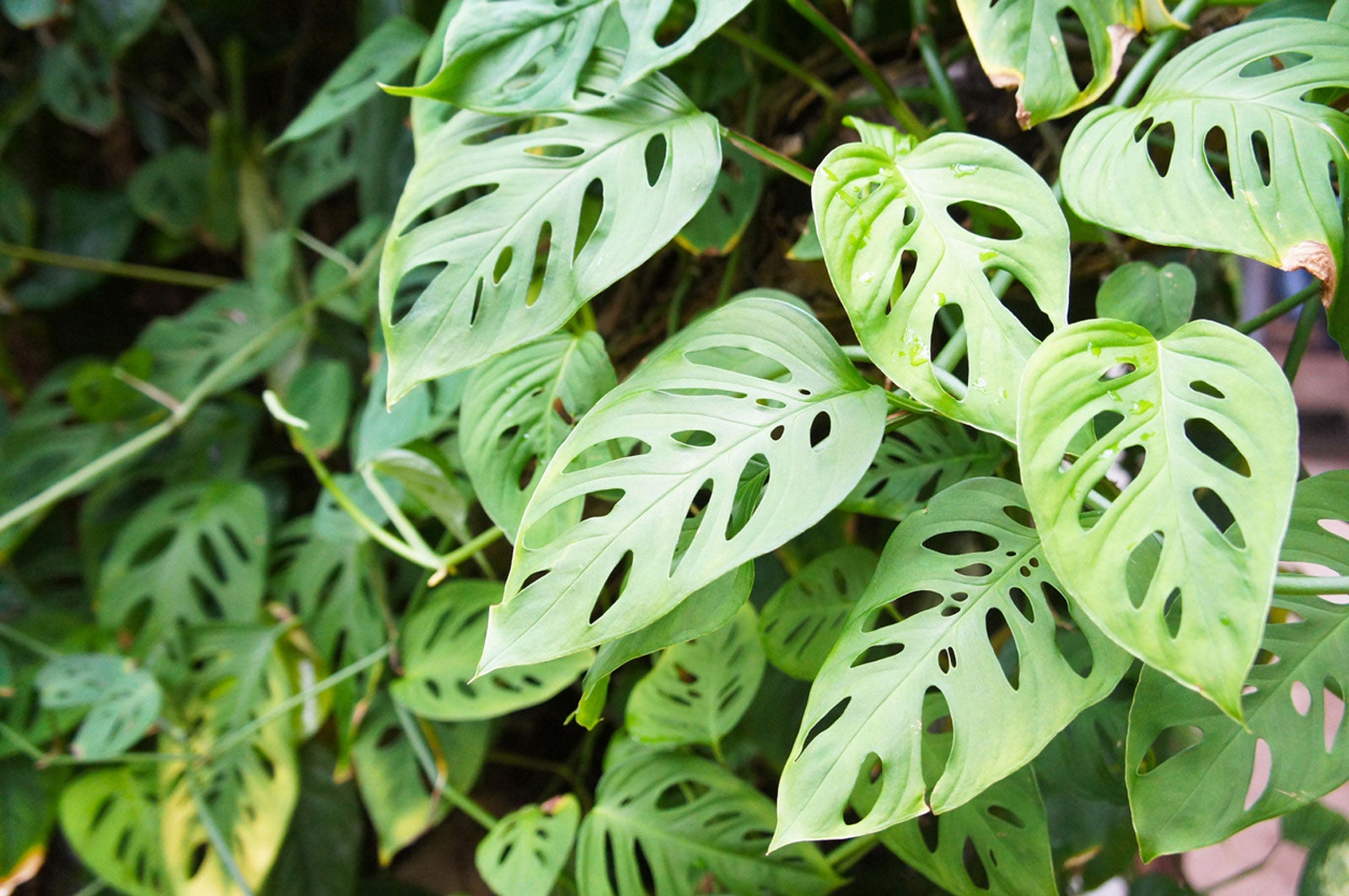 Adanson’s Monstera Plant Care: Tips For Growing A Swiss Cheese Vine
Adanson’s Monstera Plant Care: Tips For Growing A Swiss Cheese VineAdding interesting houseplants is just one of the many ways that growers can continue to nurture their love of growing in small spaces or throughout the winter months. Adanson’s monstera plant is unique and can instantly add visual interest to any room. Learn more here.
By Tonya Barnett
-
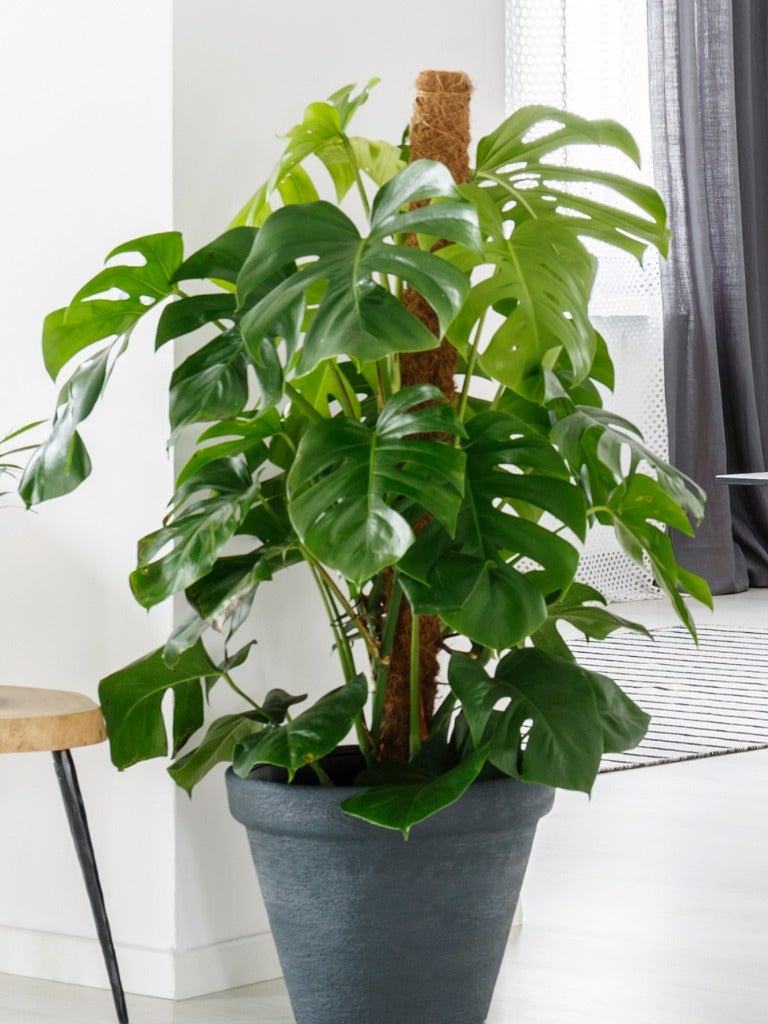 How To Use A Moss Pole On Your Monstera Plant
How To Use A Moss Pole On Your Monstera PlantA moss pole monstera is simply a Swiss cheese plant whose roots grow and attach to a moss-covered pole. Does this impressive plant need one of these? Yes! It’s an epiphyte that gets its nourishment from the surrounding air and water.
By Bonnie L. Grant
-
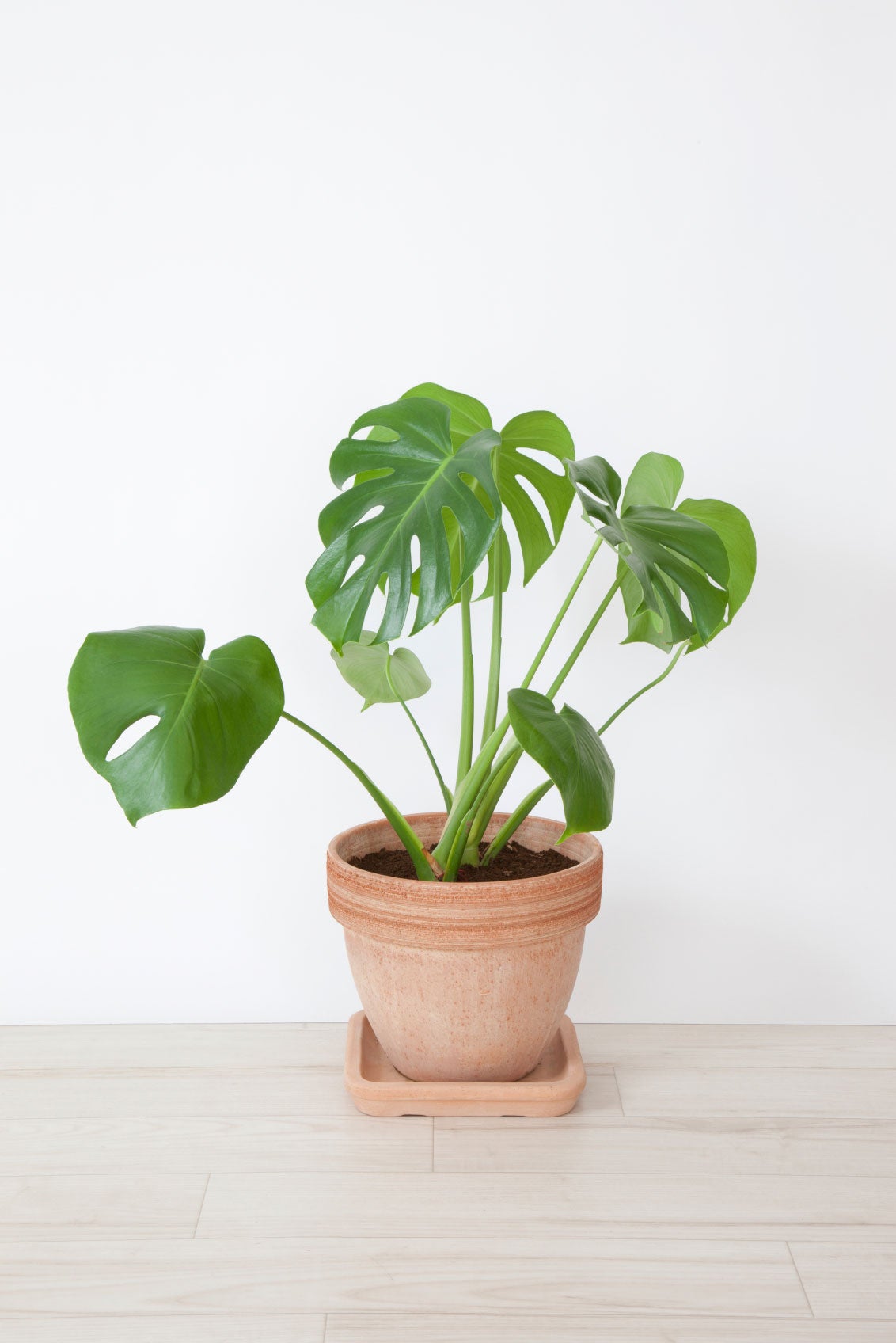 Repotting Cheese Plants: How And When To Repot Monstera
Repotting Cheese Plants: How And When To Repot MonsteraSwiss cheese plants should be repotted every few years to ensure adequate soil nutrition and space. Learn how to repot a Swiss cheese plant in this article for a long-lived, healthy specimen that graces your home or office.
By Bonnie L. Grant